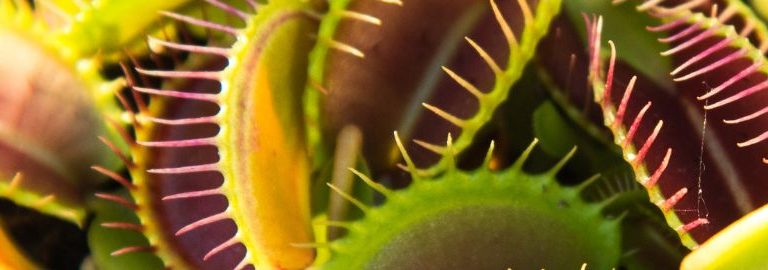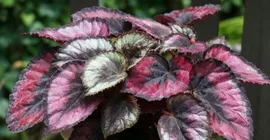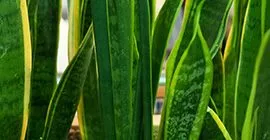Caring for a Venus Fly Trap is much easier than you may think, follow our simple guide and watch as your new plant thrives!
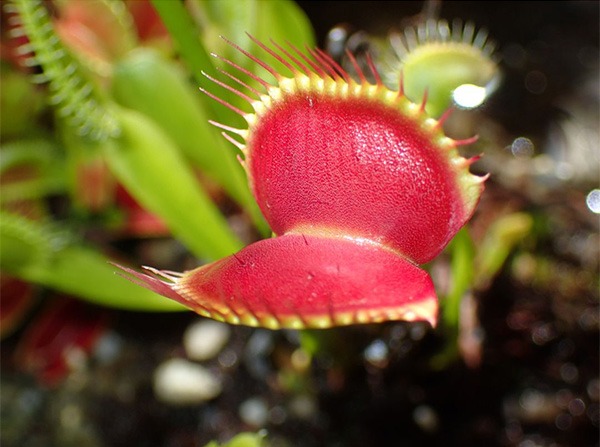
What is a Venus Fly Trap?
Venus Fly Traps are one of the most recognisable carnivorous plants. A great plant for children, this fun plant seems to ‘catch’ flies in its mouth which, if you’re lucky enough to catch it in action, is a wonderfully weird sight to behold.
The mouth of a Venus Fly Trap is not really a mouth, but two sets of leaves with flat teeth, connected by a hinge. The leaves have nectar inside which lures in insects and once the insect has made contact with the inside of the leaves, the hinge snaps the leaves shut. The leaves can actually shut in less than half a second, that’s pretty quick! When shut, enzymes start to digest the insect, taking up to 10 days, before re-opening to catch another tasty insect!
Venus Fly Traps are named after the Roman goddess of love, Venus, and have evolved to live in incredibly low-nutrient environments, such as bogs and wetlands, but now are most often seen as houseplants.
The plants have a very important role to play in their natural environments, controlling insect populations so other plant species can survive!
How to care for a Venus Fly Trap
Venus Fly Traps like moist, peat-free ericaceous compost and thrive in bright, direct sunlight. Keep them somewhere cool but in bright light, they won’t like fluctuating temperatures so try to avoid placing them near a radiator.
They like to stay moist and don’t enjoy drying out, so ensure their compost is watered often, preferably with collected rainwater. If they don’t get enough water, their bright green leaves can start turning a dull black colour.
Venus Fly Traps are brilliant at catching their own food, and will eat flies that may have found their way into your house.
Although it can be tempting to touch the inside of Venus Fly Trap’s mouth, it is best not to as this can cause them harm.
Your Venus Fly Trap may start growing flowers, but these will divert energy from the plant so make sure to remove these when you spot them.
In autumn and winter months, your Venus Fly Trap may become dormant and lose its leaves. Don’t worry about this, your plant has not died, you just need to keep it in a cool room and reduce watering so the compost is drier than usual, but not completely bone dry. When spring comes back around, move your Venus Fly Trap back to a lighter, warmer spot and increase watering to keep the compost moist. You should spot new leaves growing!
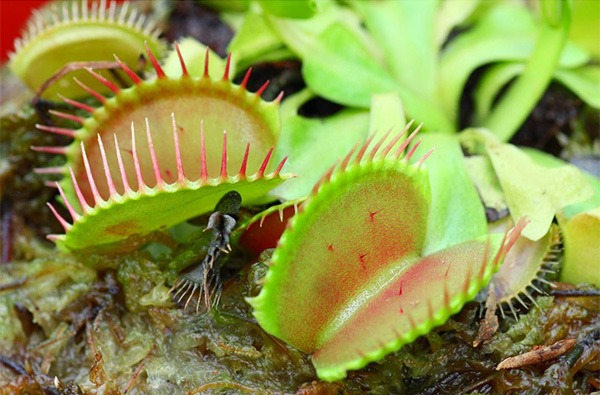
Are there any pests or diseases to watch out for?
Venus Fly Traps rarely suffer from pest infestations, although you may occasionally spot an aphid or fungus gnat on your plant. These can be gently removed with tweezers, or wiped off with a damp cloth. You can also use a sticky trap to catch fungus gnats.
If you notice any bugs in the compost, top your Venus Fly Trap with a layer of Hydroleca. This will not only help improve humidity around the plant, but will also stop tiny bugs laying their eggs in the compost.
How to propagate Venus Fly Traps
You can propagate your Venus Fly Trap by division. Keep an eye out for offshoots (new growth) from the base of the plant. When you spot this, remove it carefully with a sharp, disinfected knife, making sure to cut off a good section of root with it. You can then pot these offshoots up in ericaceous compost, using rooting gel to help the plant establish. Keep the compost moist and the plant in a sunny spot.

